Preparing for the General Data Protection Regulation (GDPR) 12 steps to take now.
Tagged with how to
This resource is from Andrew Hall, Safeguarding Specialist.
Safeguarding On A Page
It is really useful to put all your safeguarding procedures onto one page, so that it can be seen at a glance. In the Safeguarding Handbook you can find a suitable flowchart.
The flow chart helps staff (and others) clearly understand what they need to do to raise a concern in your organisation and illustrates what happens next. There is also space to add relevant names and contact details, as well as the Whistleblowing Advice Line phone number. Such a flowchart can be useful addition to a policy document.
It may feel awkward, but it's important to explain to children the risks of sexting, how to stay safe and remind them that they can talk to you if something ever makes them feel scared or uncomfortable.
This draft document explores key questions in the form of a checklist to help educational settings ensure the maximum impact of online safety sessions.
The guidance highlights a range of resources which can be used to support educational setting to develop a whole setting approach towards online safety in line with national guidance. The document can be used to facilitate conversations between educational settings and external visitors to develop children and young people’s digital literacy skills and parental awareness.
When your children go to secondary school, there's a big shift in how they use their phones and social media.
One mum felt "overwhelmed" but has found a way to keep her daughter's trust and to keep her daughter safe.
Melissa Zimdars is an assistant professor of communication and media at Merrimack College in North Andover, Mass. When she saw her students referencing questionable sources, she created and shared a document with them of how to think about sources, as well as a list of misleading, satirical and fake sites.



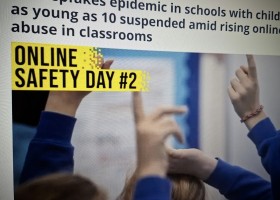
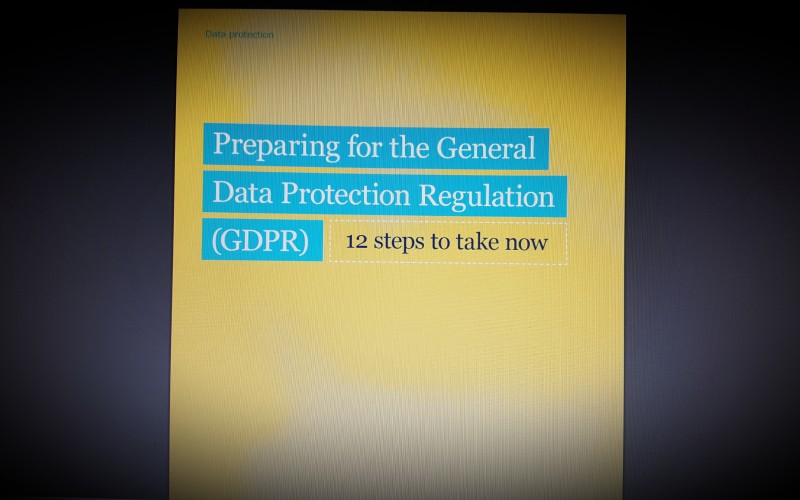
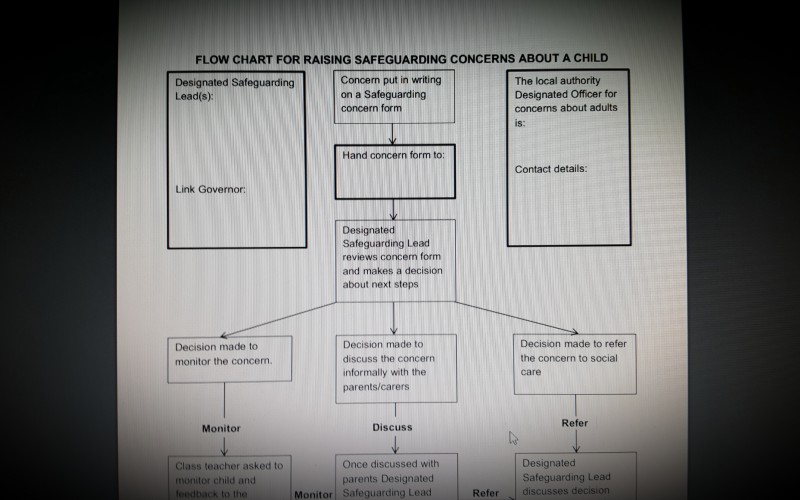
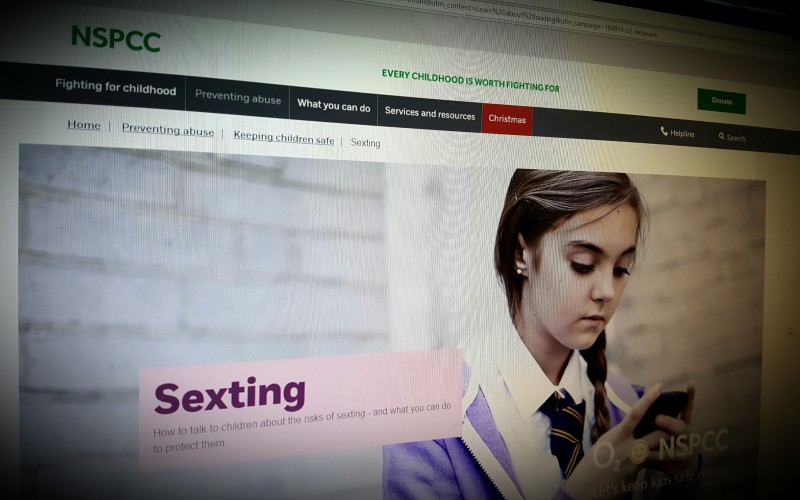
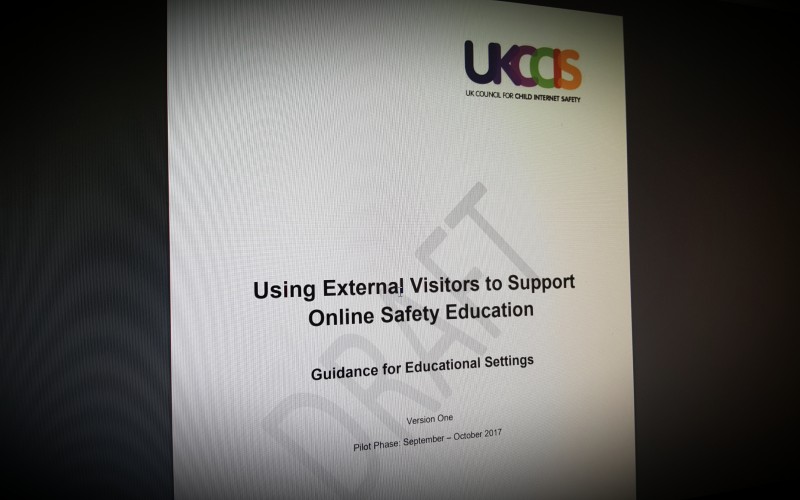
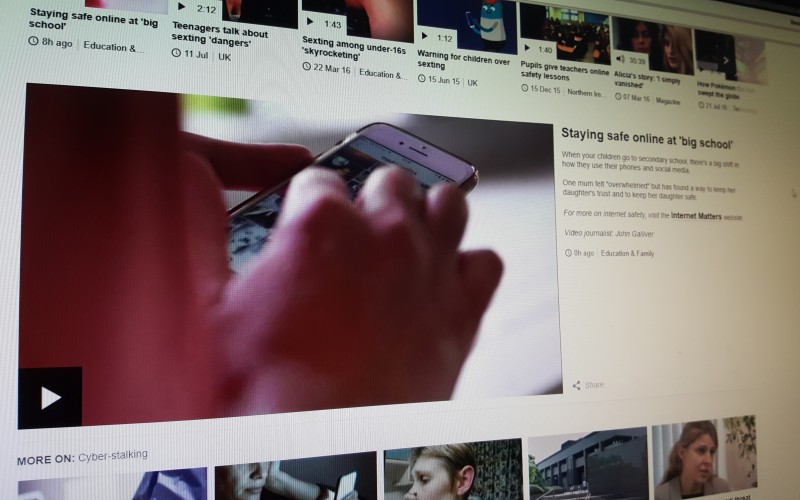

Comments
make a comment